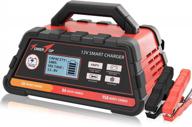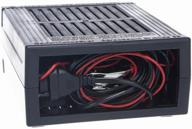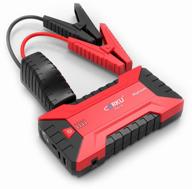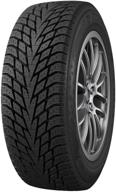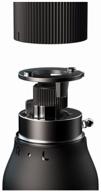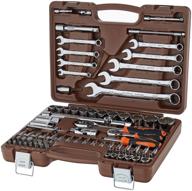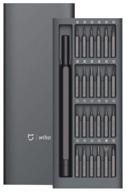
Review on 🔆 EPEVER Mppt Solar Charge Controller 80A: 12V/24V/36V/48V Auto, Max 200V, 6000W Input Power - Sealed/Gel/Flooded (Tracer 8420AN) by Steven Notsinneh

Great charge controller - use a flat head! and spade lugs
Does what it says on the tin and makes a good addition to my 30A PWM controller. Can't really complain about the screws as every controller I've worked with has the same issue would have. It's VERY easy to cut off the heads of the Phillips screws. It seems you MUST use a flat head or you risk running into the situation where the wire terminal screw is completely stuck. .but I was tempted to drop 4 stars for this very issue. The holes you need to put a screwdriver in are so tiny. I found it really worth stopping and getting a suitable thin flat head (or grinding a thick one until it fits, but no cross unless it fits perfectly or it just hits the bolt head and whatever you like have left) a few angles if you're lucky.) In case anyone else is as confused as I am. It cannot accept batteries in a 24V configuration and cannot charge 12V batteries (the battery voltage must match the panel voltage). Maybe it's obvious to more knowledgeable people, but not to me (next on my list is a 24v inverter as that controller really pays off!). In case anyone is wondering, I have no problem running 8-1000w panels in a 12v configuration (over the top recommended) even though it's winter and the cloudiest time of the year. but it doesn't get anywhere near 40 amps so I'll just keep an eye on it as summer approaches. wire tips! -- As I began this journey to solar power systems, I kept thinking that there MUST be a better way than tucking loose wires into screw terminals over and over again. and there are wire spikes! I think there is no standard in the US but more so in Europe. Ferrules and crimping tool highly recommended! makes a nice, clean wire end that can be disconnected and reconnected an infinite number of times without aging/bending/wearing out the wire, and creates a good, strong conductive connection at the ends.
- Quality construction
- Requires socket


